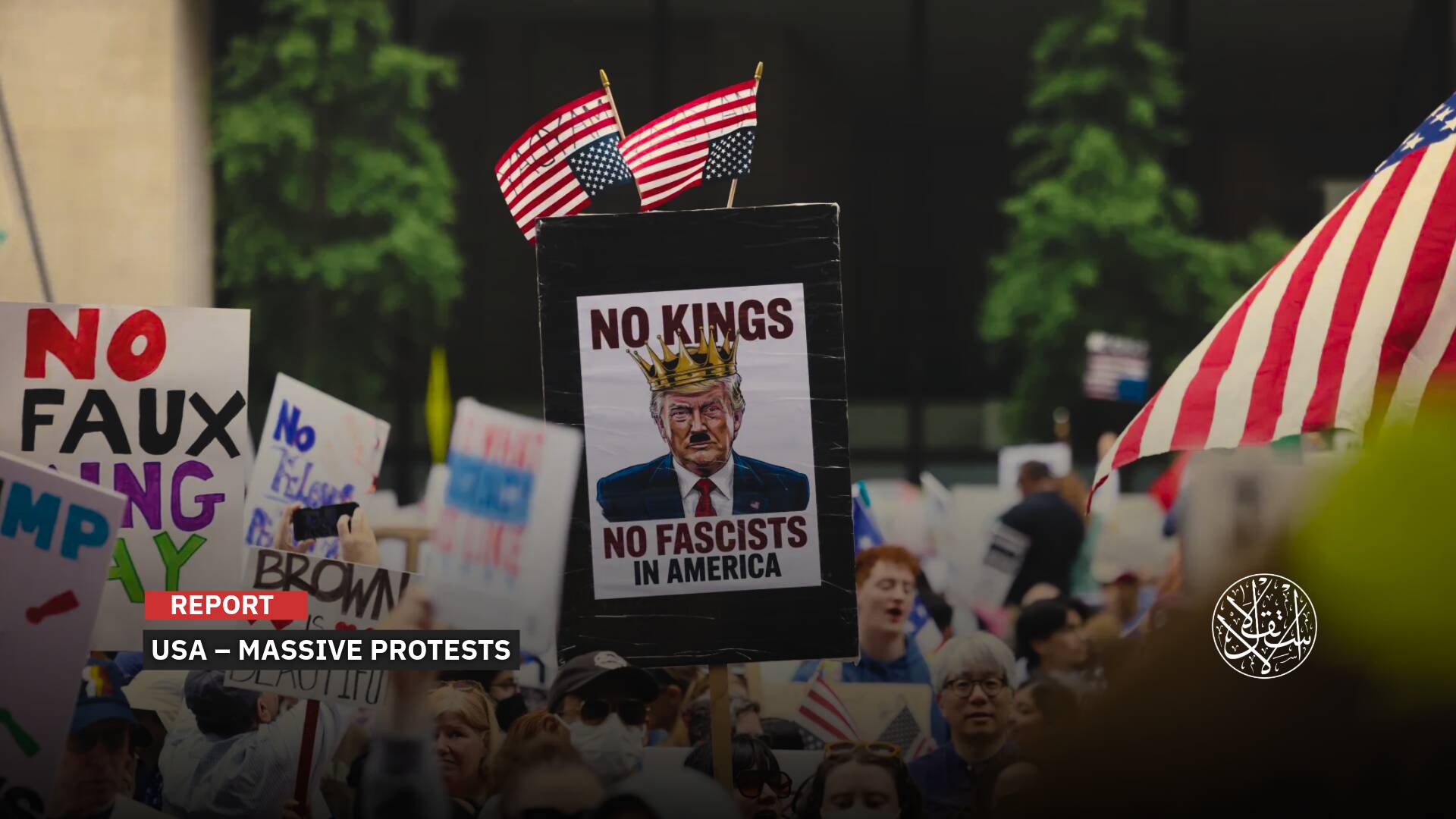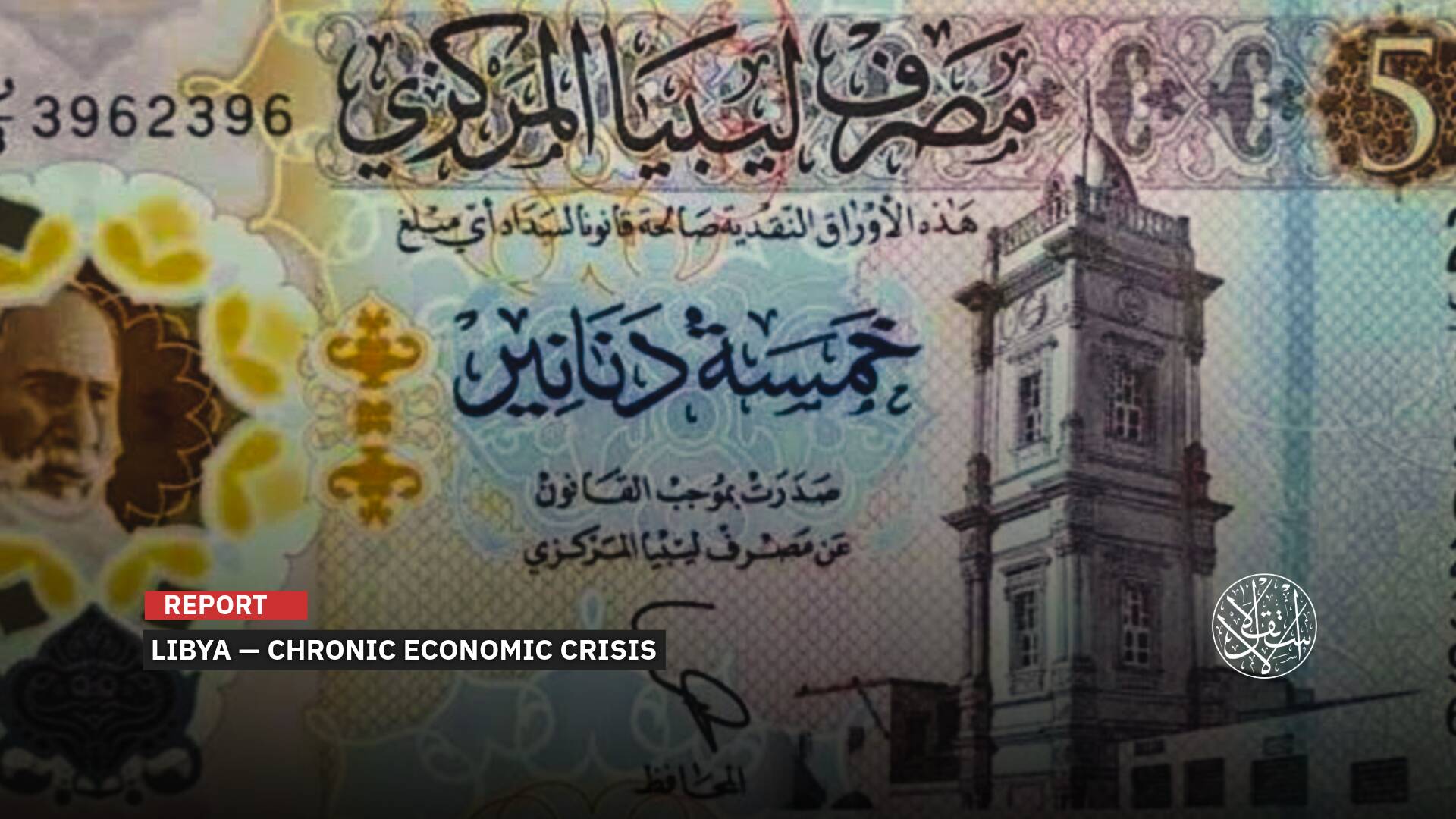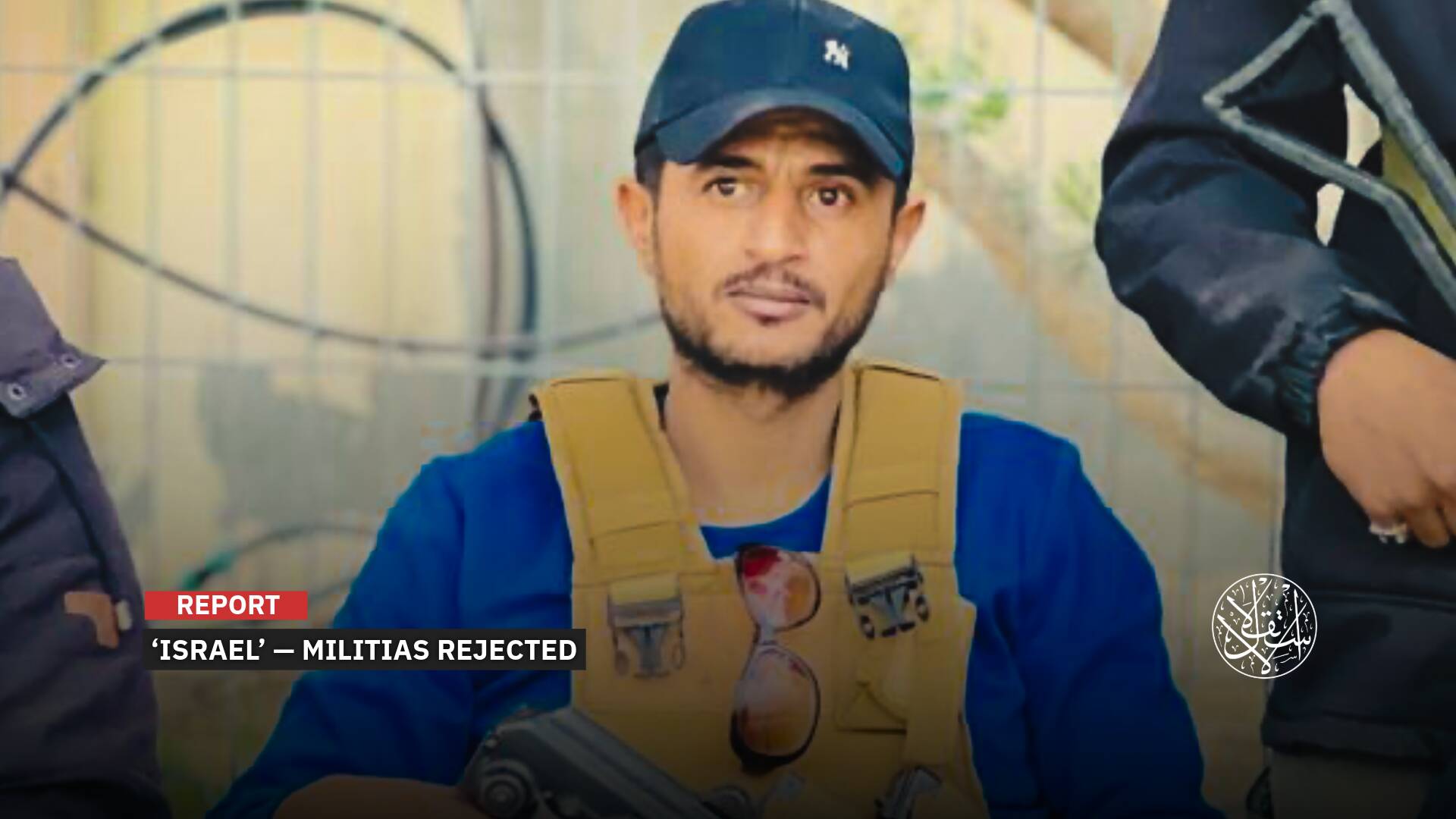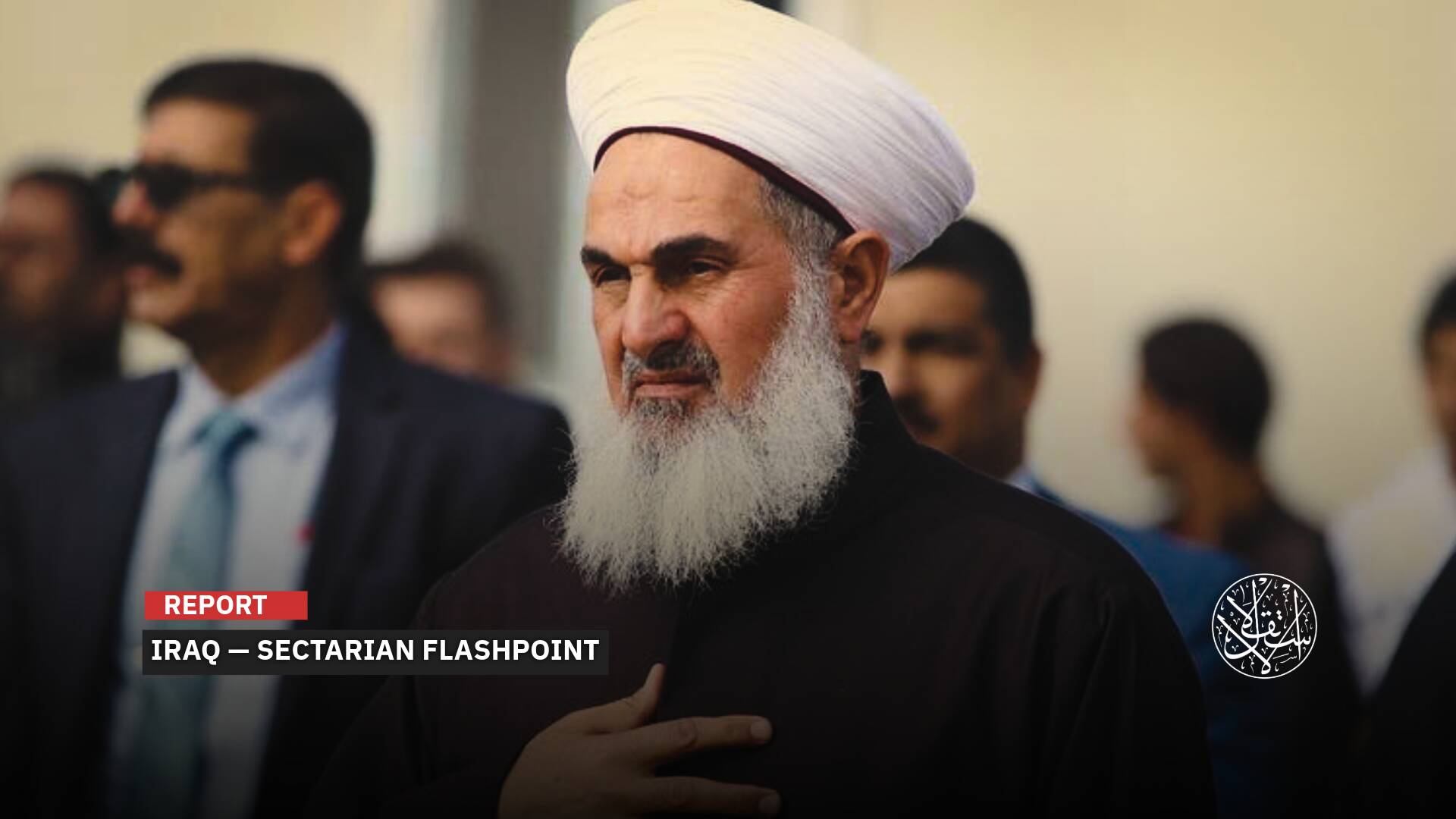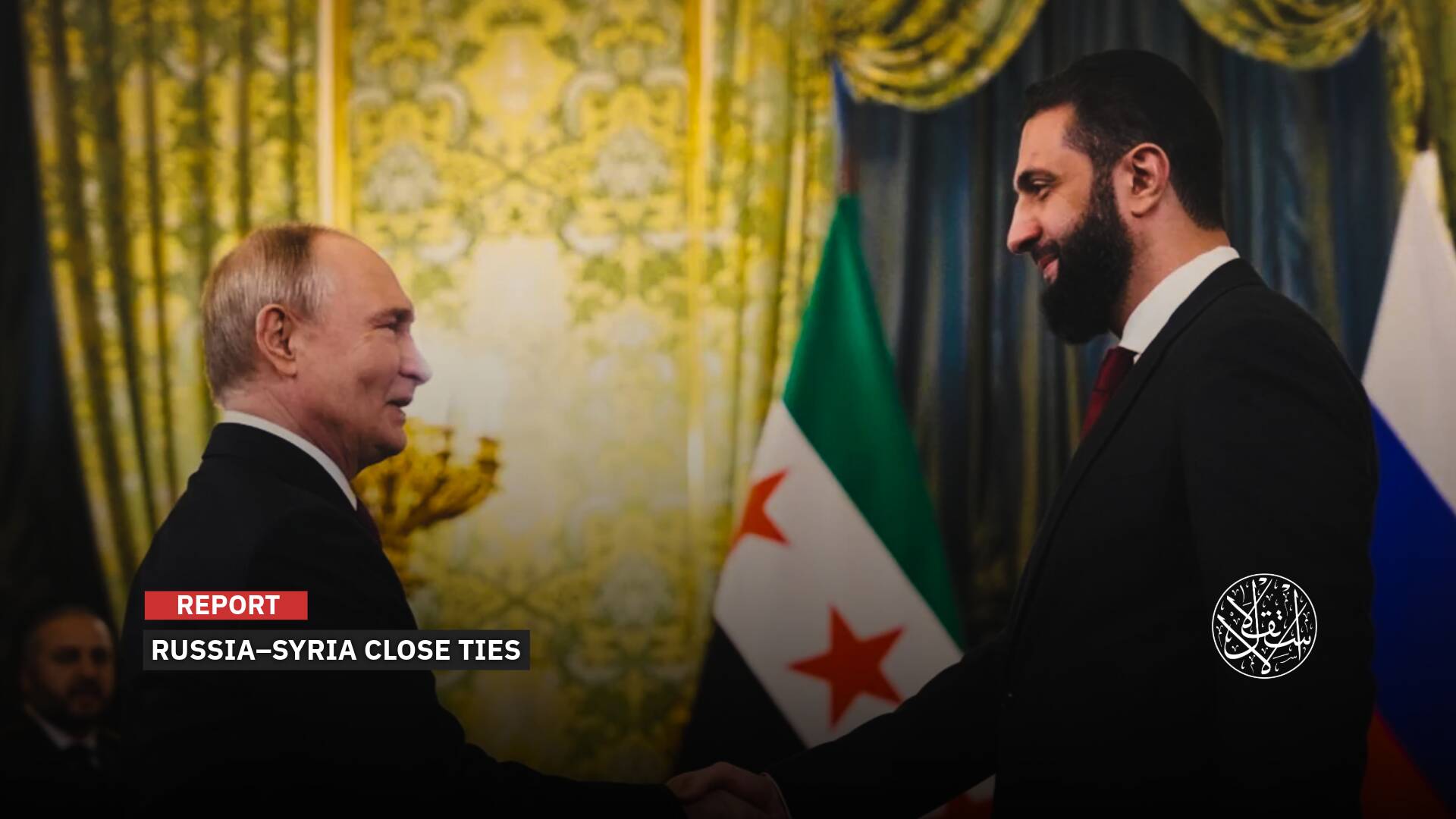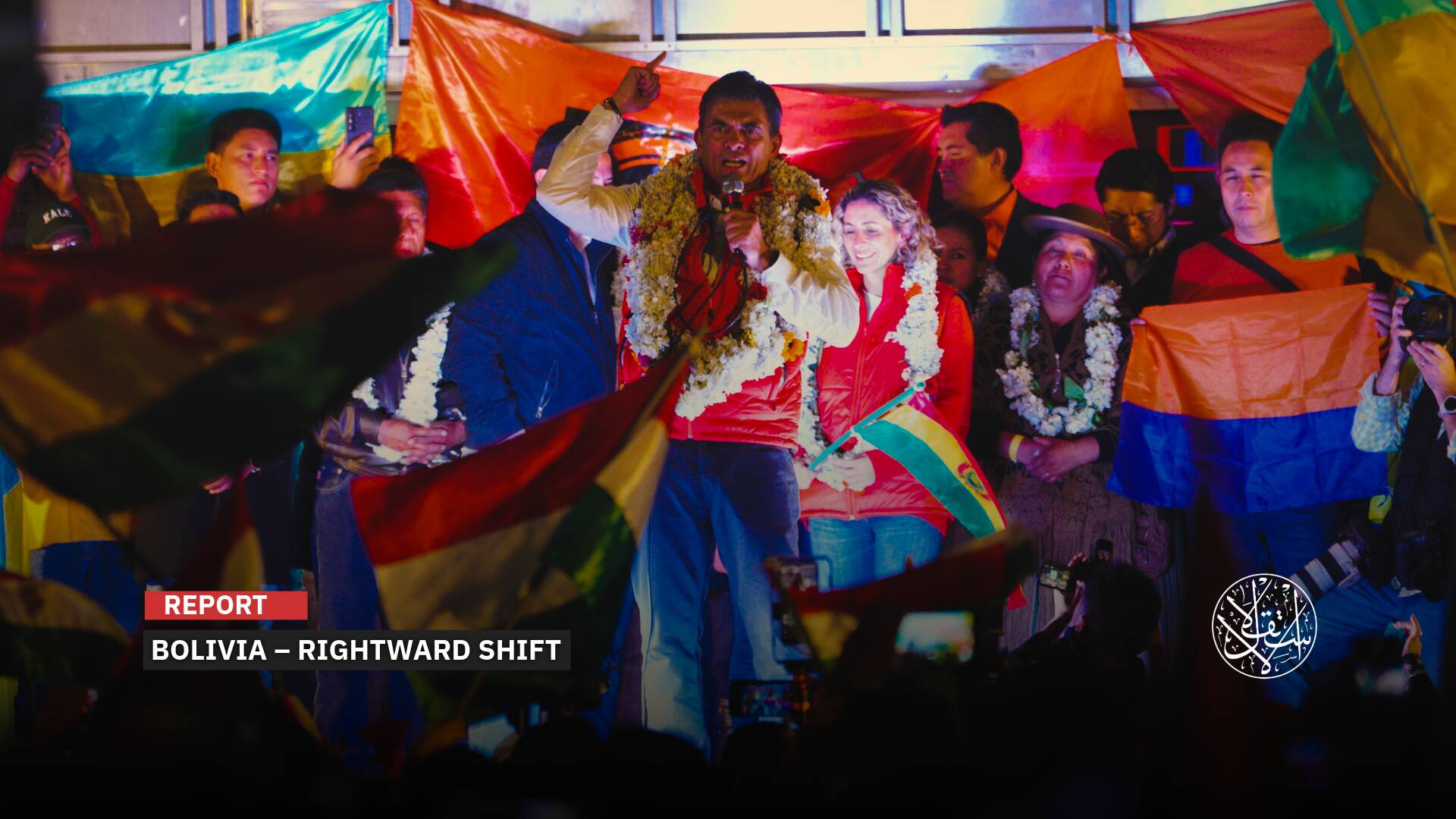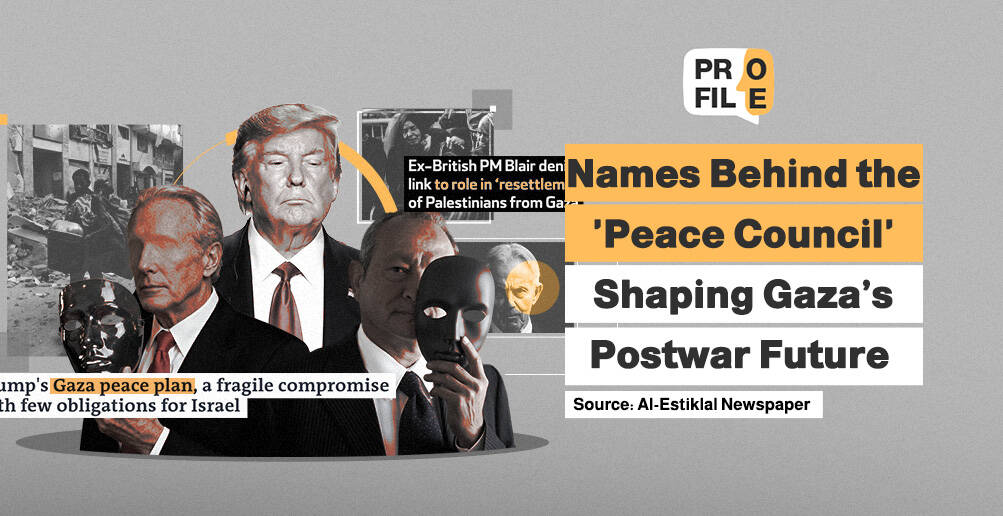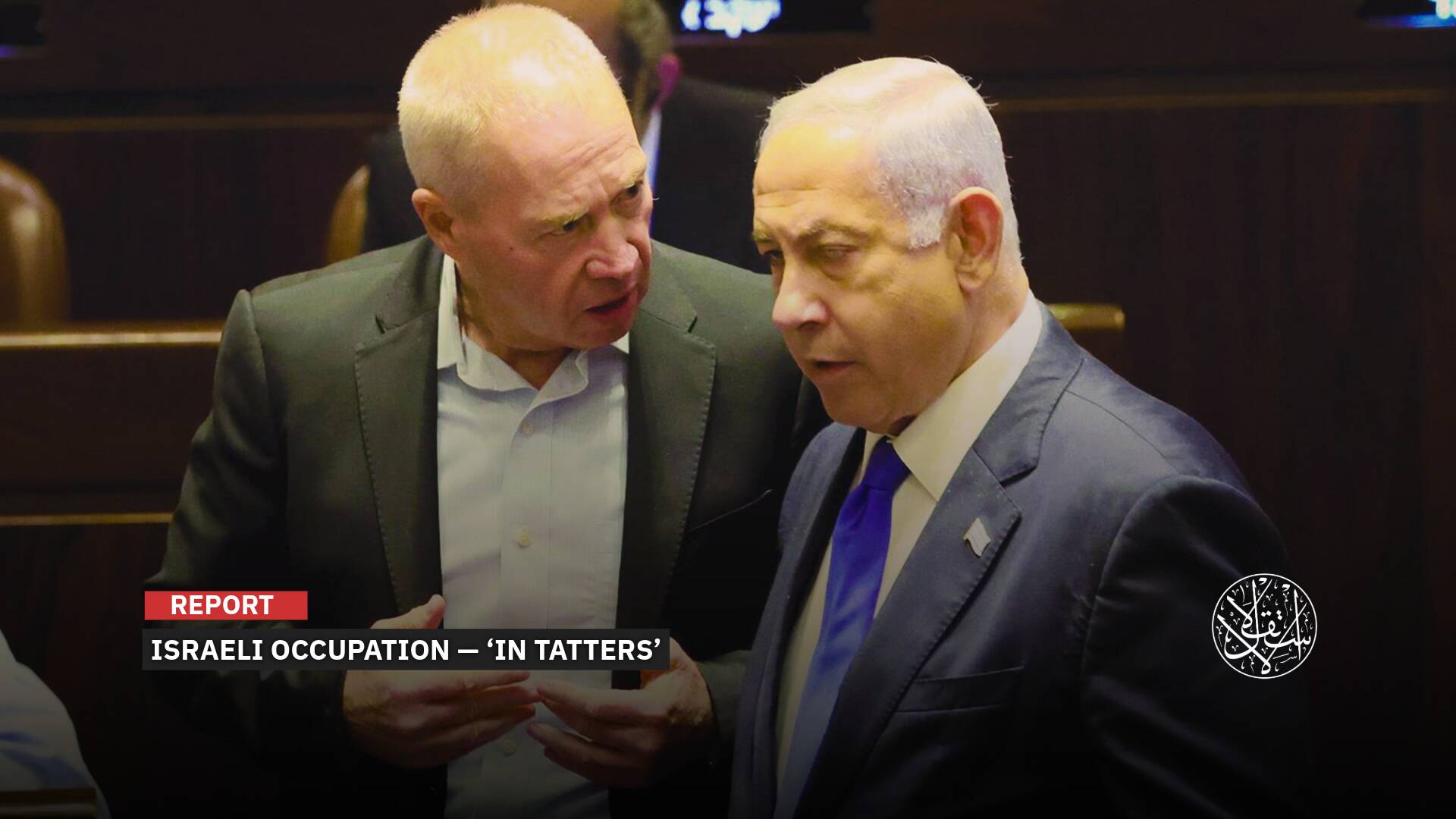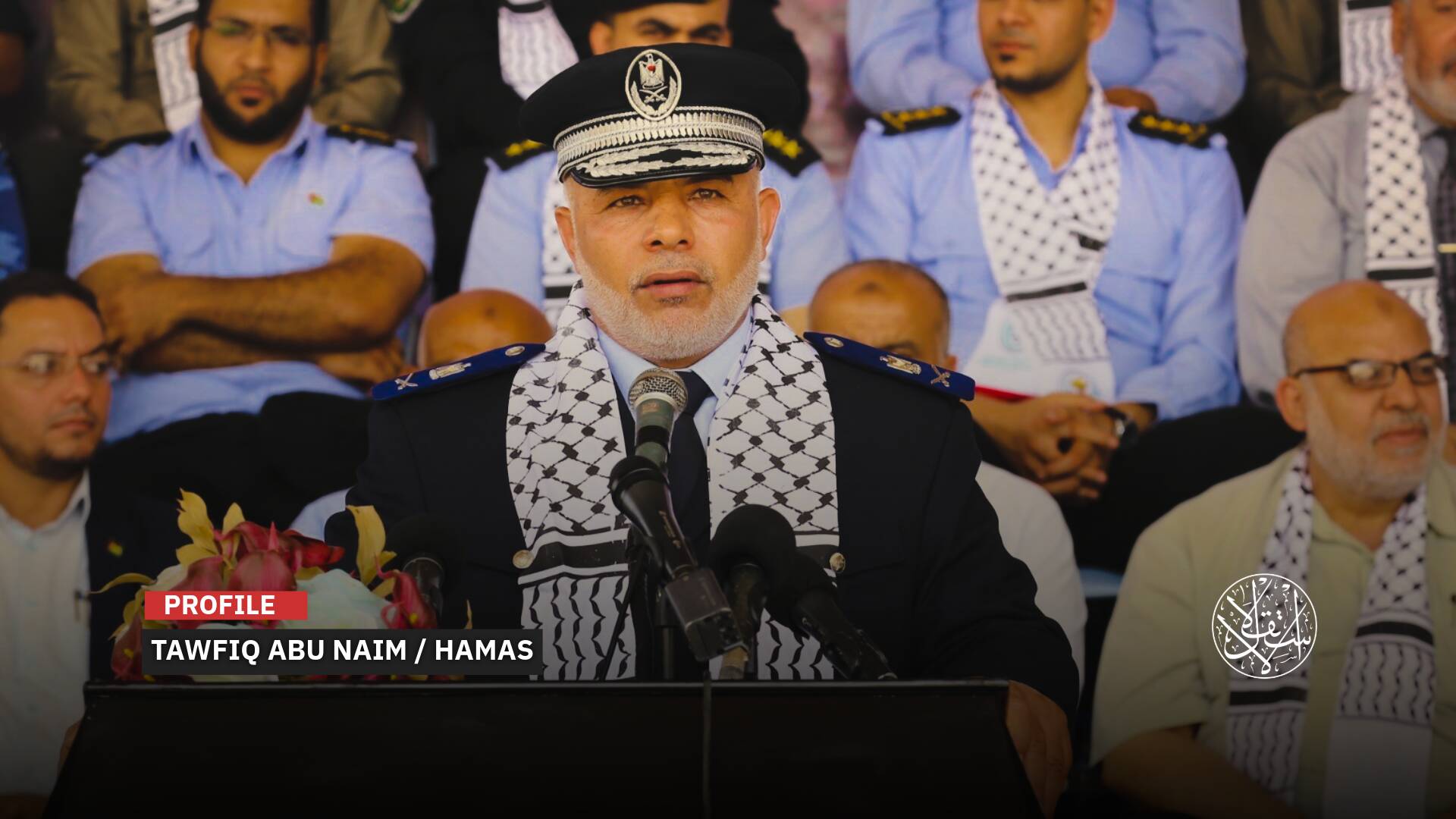Dark Networks Weaponizing Social Media in Syria: What Are They Doing and What Do They Want?

There is a silent digital warfare being waged against Syria.
In the aftermath of Bashar al-Assad’s regime collapse, it has become clear that certain groups are actively working to distort facts and manipulate public opinion, aiming to undermine civil peace and ignite tensions among Syria’s diverse communities.
This “organized effort” to destabilize the new Syria is one of the main drivers behind the escalation of events and the push toward armed violence between different groups.
Some incidents are deliberately framed in a sectarian context, creating a sense of hostility that at times leads certain communities to issue statements calling for “international protection” from abroad.
On March 9, 2025, Syria’s interim president, Ahmed al-Sharaa, issued a decree to form a higher committee to preserve civil peace in Syria.

Undermining Civil Peace
In a recent incident exploited on social media to disrupt civil peace, a misleading story circulated in May 2025 accusing a member of the General Security of kidnapping a girl from the Alawite community, falsely describing it as a case of “female enslavement.”
Accounts shared photos of a young man named Ahmad and a girl named Mira, both from Homs, and distorted the facts by claiming she was abducted at gunpoint.
However, on May 9, Ahmad and Mira—both university students—appeared in a video recorded from the girl’s family home in rural Homs, denying any abduction or claims of “enslavement.”
Mira later clarified in several interviews that what happened was actually a love story that led to marriage, and that her husband Ahmad is not affiliated with the General Security.
Before this story, in late April 2025, an audio clip purportedly linked to a member of the Druze community went viral, containing offensive remarks about the Prophet Muhammad (peace be upon him) and sparking widespread outrage.
The recording led to clashes in Ashrafiyat Sahnaya (Rural Damascus) and Jaramana (Damascus), both home to large Druze populations. Armed confrontations broke out between local Druze members and Syrian security forces, resulting in casualties on both sides.
By the next day, Syrian security forces managed to restore calm in coordination with Druze community leaders. Authorities described the armed groups involved as “outlaws” aiming to “spread chaos and incite sedition.”
On May 2, the Syrian government announced it had reached an agreement with residents of Jaramana to strengthen security and hand over weapons to the state.
During the events in Sahnaya and Jaramana, Lebanese and Iraqi accounts loyal to Iran, along with Israeli accounts and others supportive of Bashar al-Assad’s regime, seized the opportunity to inflame sectarian rhetoric. Thousands of posts were shared, fueling hate speech and amplifying tensions among Syrians.
“Israel” also exploited the unrest, claiming to protect the Druze community, and carried out airstrikes on Sahnaya, killing a member of the General Security.
Some Syrians were drawn into hateful discourse, with growing calls to demean others and attack religious symbols. This prompted Damascus to issue warnings against such rhetoric.
Syria’s Grand Mufti, Sheikh Osama al-Rifai, publicly called on Syrians to remain united in the face of “the strife ignited by enemies of the nation and the people.”
Despite efforts to de-escalate, some social media accounts tried to inflame the situation further by circulating old videos, falsely presented as recent, claiming that Druze students were being expelled from universities.
This prompted the Ministry of Higher Education and Scientific Research to issue a decree on May 10 imposing strict restrictions on campus discourse.
The ministry announced a blanket ban on publishing, sharing, or promoting any content inciting hatred, sectarianism, or racism, or anything that could harm national unity and civil peace.
In an official statement, the ministry clarified that the decision applies to all parts of the educational system—including faculty, students, staff at public and private universities, and affiliated institutes.
It also includes institutions under the ministry or linked to the minister. The ministry warned that violations will lead to legal accountability, criminal, civil, or professional.
Penalties could range from permanent expulsion to legal prosecution, depending on the severity of the violation and relevant laws. Cases will be referred to disciplinary and conduct committees for further action.

Digital Warfare
Commenting on the recent incidents, Syrian investigative journalist Mohammad Hamwi said “there is a silent digital warfare being waged against Syria.”
“Since the fall of Assad’s regime, the campaigns of incitement and disinformation have typically involved two types of social media accounts: some that are already active, including ones loyal to the Assad regime, and others managed by individuals who oppose the changes taking place in Syria, many of whom are not even Syrian,” he told Al-Estiklal.
“These opposition-run accounts are generally influential and well-organized. They exploit unfolding events in Syria to incite unrest, spread misinformation, and distort the facts.”
“A second category of accounts often emerges just as a specific incident occurs, or shortly before. These accounts focus on amplifying the spread of false or misleading narratives tied to the event, capitalizing on public engagement,” Hamwi added.
“It’s been observed that certain key accounts are dedicated to spreading disinformation about events in Syria. These are then amplified by a network of other accounts that flood social media with shares, comments, and reactions to boost visibility and stir unrest.”
In response, the Syrian presidency issued a statement on May 30, firmly rejecting what it described as “calls for international protection” made by “unlawful groups involved in the violence in Sahnaya.” The presidency called such demands “illegitimate and categorically unacceptable.”

Weaponizing Social Media
Syrian writer Asem Mushaweh highlighted the existence of what he called “dark rooms” that orchestrate and direct these “digital battles” in Syria by weaponizing social media. Their goal, he said, is to play a dangerous role in fragmenting Syrian society, undermining the state's credibility, weakening its authority, and eventually paving the way for a military assault when the time is right.
“After their military attempts to overthrow the new state failed, and with their awareness of the strength and cohesion of the new army, as well as the majority of Syrians standing with their government, they shifted tactics. They turned to sectarian mobilization, incitement against the state, exploiting minority issues, and fueling a digital hate campaign,” he wrote on Facebook.
“After the unrest in southern Syria, which also largely failed, they’ve now turned to exploiting sensitive issues like personal honor, as seen in the case of Ahmad and Mira, in an effort to pit communities against each other,” Hamwi said.
“As the Syrian government pushes to stabilize the economy, improve daily life, and restore public safety, it now faces a new front: organized online networks spreading disinformation and fueling sectarian tensions,” he added.
The scale of this digital campaign underscores the urgent need for a national strategy.
“So far, there’s little indication the government is treating this as the priority it should be,” Hmawi said. “In other countries, such threats are met with dedicated agencies reporting directly to top leadership, and with strong backing for media platforms and research centers that help expose and counter disinformation.”
Sources
- "No Abduction, No Coercion": Mira and Ahmad Share Their Story on Syria TV | Video [Arabic]
- Penalties Could Include Expulsion: Higher Education Ministry Warns Against Hate Speech in Syrian Universities [Arabic]
- Israeli Strikes Near Sahnaya as Damascus Declares End of Security Operation [Arabic]
- The Israeli Occupation Escalates Attacks on Syria, Rekindles Sectarian Tensions [Arabic]


